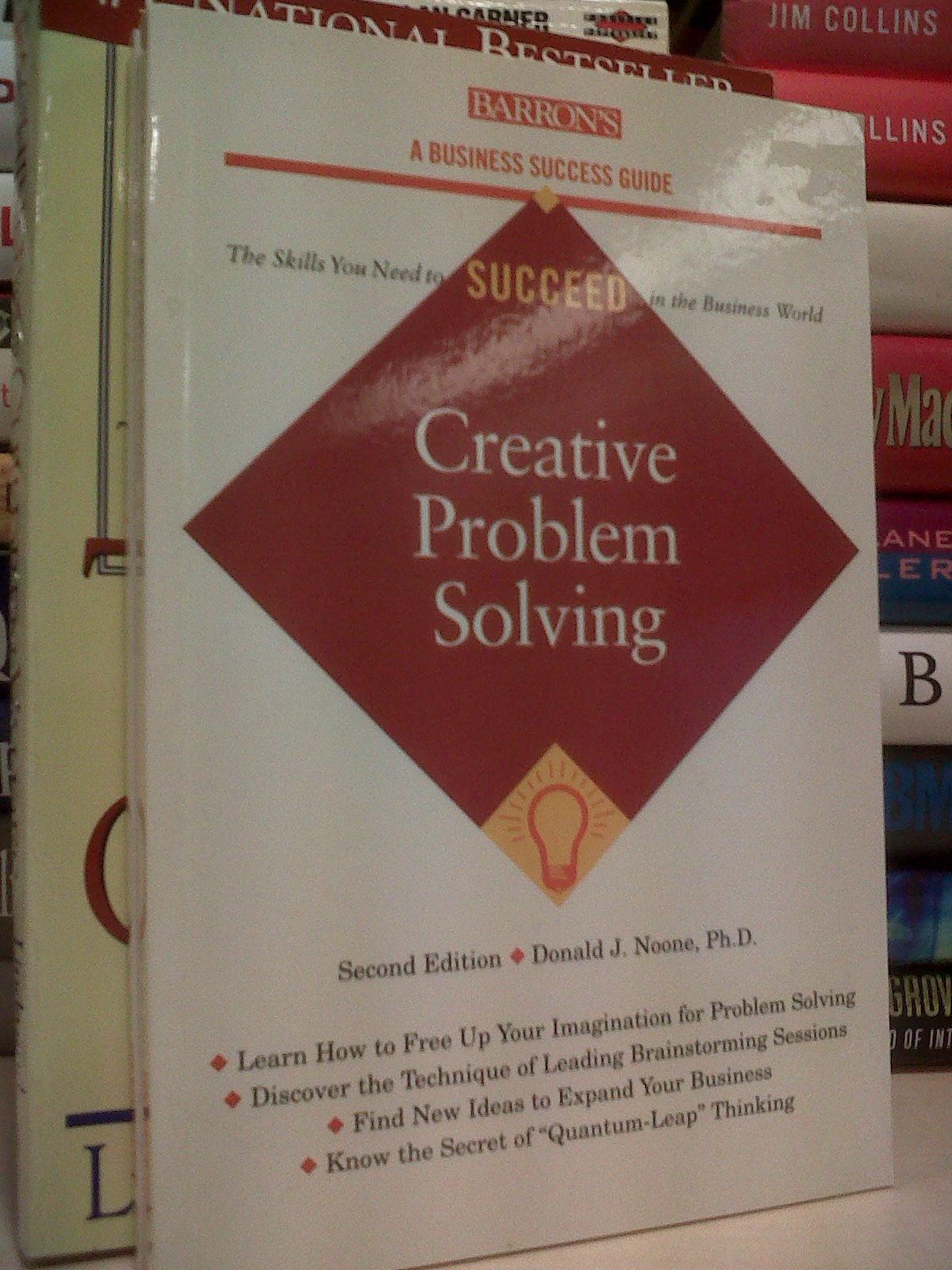

Related: Guide To Challenging the Status Quo at Work (With Tips) 5. By arbitrarily changing elements of the problem space, you can generate new tools with which to build a solution. This can include denying previously assumed characteristics, breaking large patterns down into tiny fragments or translating a connection to an analogy and then back again to see what changed. This technique entails deliberately modifying available options, such as doing the opposite of an implied direction or reversing any relationship between problem elements. Related: 10 Ways To Improve Your Creative Problem-Solving Skills 4.

This technique involves using pre-established concepts as starting points for the production of new ideas. Considering alternatives even when you already have a solution gives you a chance to evaluate the problem from every possible perspective. Even if your problem has a suitable solution that seems obvious, consider alternative approaches. When de Bono proposed the concept of lateral thinking, he suggested that problem-solvers always attempt to look for alternatives. Related: Mental Focus: 10 Ways To Improve Your Concentration 3. Sometimes, allowing random stimuli can disrupt your reliance on logical thinking and allow for more creative thinking. For example, you may listen to a new podcast, have a conversation with someone you don't normally talk to or take a walk on a new route. Instead, you can try to invite random, outside stimuli. While this technique may help some people focus, it can also limit your thoughts. Expose yourself to random stimulationĪs you're trying to think of a solution to a problem, you may attempt to block out all outside stimuli so that you can concentrate.
#Creative problem solving breaking habits how to
Related: How To Improve Self-Awareness in Leadership in 7 Steps 2. Mind maps allow you to write all of your ideas and then gather your thoughts to think beyond your normal lines of reasoning. The visual nature of mind maps allows you to adjust your thought processes, often leading to unexpected answers. You may use mind maps, which are visual diagrams to convey ideas, to help organize your thoughts. Before attempting to solve a new problem, it's critical to recognize the brain's tendency to rely on old thought patterns. The first step in improving lateral thinking is to be aware of how the brain processes information. Here are some ways you can improve your ability to apply lateral thinking: 1. Since lateral thinking isn't a skill that everyone can comprehend easily, some individuals might not notice their improvements until they can apply this skill to a real problem they encounter. It's also possible for people to learn and develop this skill so that they can implement it into real-life applications. Lateral thinking is innate for some individuals. Related: How To Develop Creative-Thinking Skills in 5 Steps How to improve lateral thinking skills This is why many interviewers ask questions that try to test the lateral thinking skills of potential candidates. For example, marketers and advertisers often employ people with this skill so that they can introduce new perspectives to their promotions. It's the essence of creativity that can be beneficial in the workplace, especially in times of change when regular solutions may not be consistent.

As a result, lateral thinking is a useful skill in many industries. People who engage in lateral thinking can find solutions to problems that aren't obvious to others. Related: The Best Ways To Strengthen Your Logical Thinking Skills Why is lateral thinking important?

Alternatively, lateral thinking or horizontal thinking enables people to examine things differently. Logical reasoning, which some people refer to as vertical thinking, allows people to solve problems in a direct, straightforward manner. To solve problems, people often rely on logical reasoning. In simple terms, this process refers to an individual thinking creatively to solve complex challenges. This process describes a person's ability to solve problems using thoughtful solutions beyond logical and deductive reasoning. Lateral thinking is a concept that psychologist Edward de Bono proposed in 1967. In this article, we define what lateral thinking is and discuss several ways that you can improve this skill in the workplace. Understanding more about lateral thinking can expand your problem-solving abilities and help you find unique solutions to challenging situations. Lateral thinking is the process of using indirect reasoning to devise a solution. Individuals within a workplace may attempt to solve problems with direct, rational thinking, while others may approach issues with a unique approach.


 0 kommentar(er)
0 kommentar(er)
